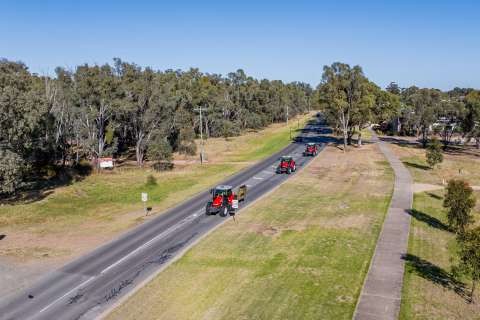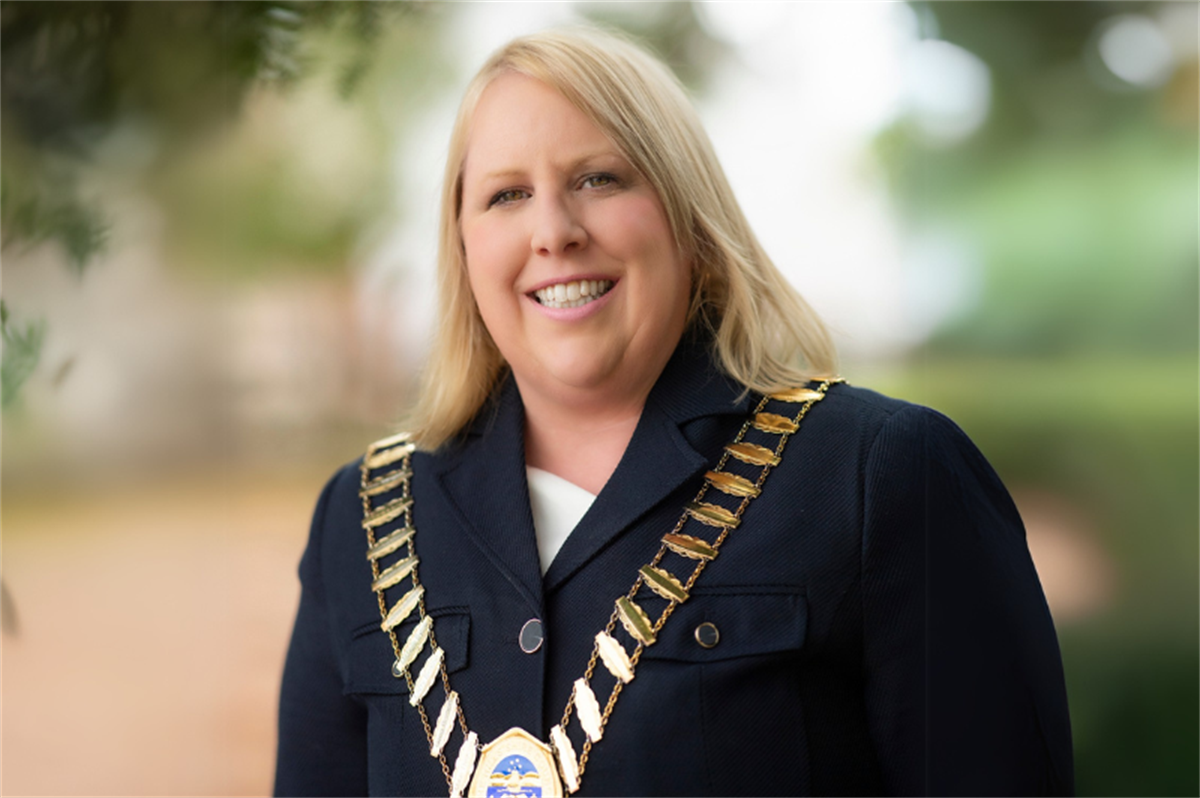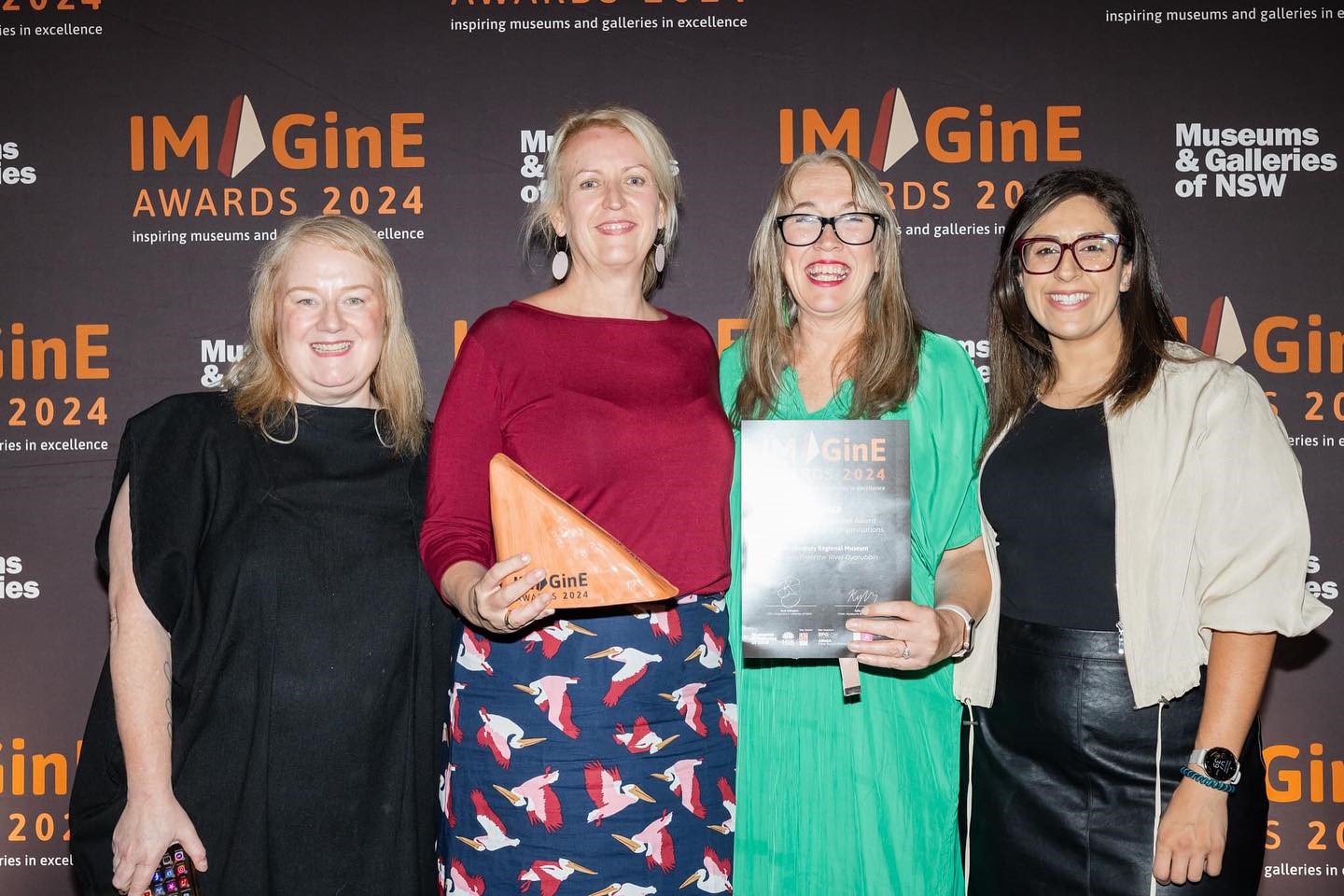Together with AWL, we recently to resolve South Australia’s widespread cat overpopulation crisis.
Our Cat Management Plan for South Australia is hugely detailed – so if you’re feeling overwhelmed, don’t worry.
We’ve put together this explainer of exactly what’s in the plan and why, and how this will affect you, whether you own a cat or not.
SA’s cat problem: uncontrolled breeding and major overpopulation
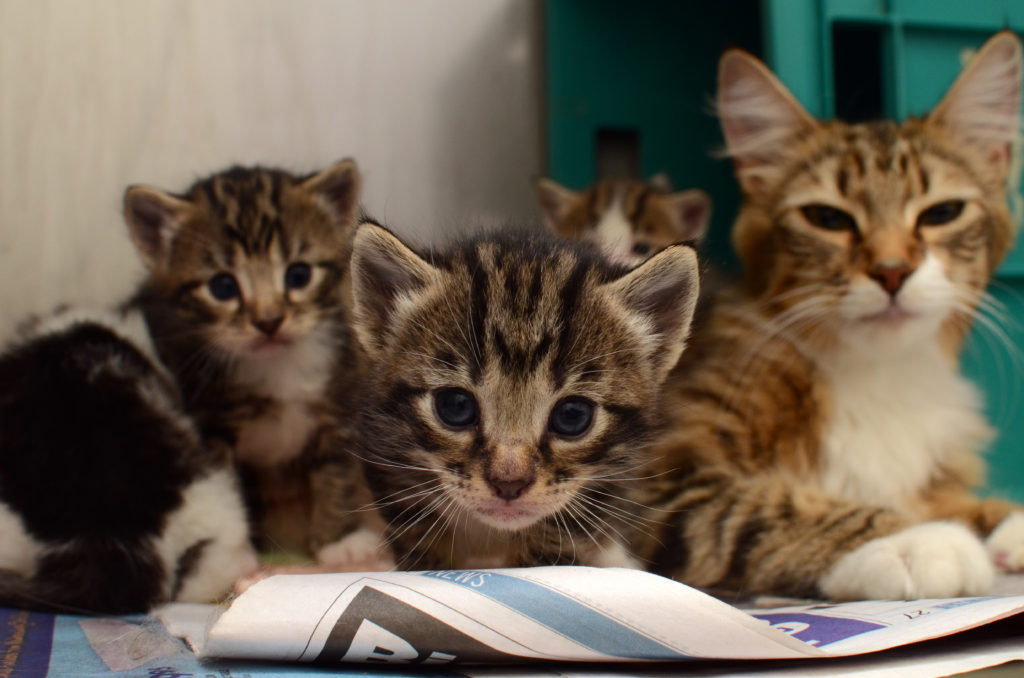
Cats are great pets and highly valued companions. We have a duty of care to safeguard their health and wellbeing, but sadly, we’re facing a major cat overpopulation challenge in South Australia – leading to poor animal welfare outcomes for far too many cats and kittens.
An estimated 137,000 cats – and probably far more – live in urban areas as unowned or semi-owned strays across our state.
RSPCA South Australia and AWL firmly believe that every cat deserves a responsible owner.
But widespread cat overpopulation has placed intense pressure on neighbourhoods and councils, as well as animal welfare charities left to pick up the pieces. It’s not just cats who are suffering. Such vast cat overpopulation has negative impacts on wildlife, on human wellbeing and on our communities, too.
To date, South Australia has lagged behind other Australian states already seeing results from the adoption of a consistent approach to cat management, which has stemmed the tide of uncontrolled cat breeding and reduced overall numbers.
Our solution: a statewide plan bringing everyone together to resolve this ‘cat problem’
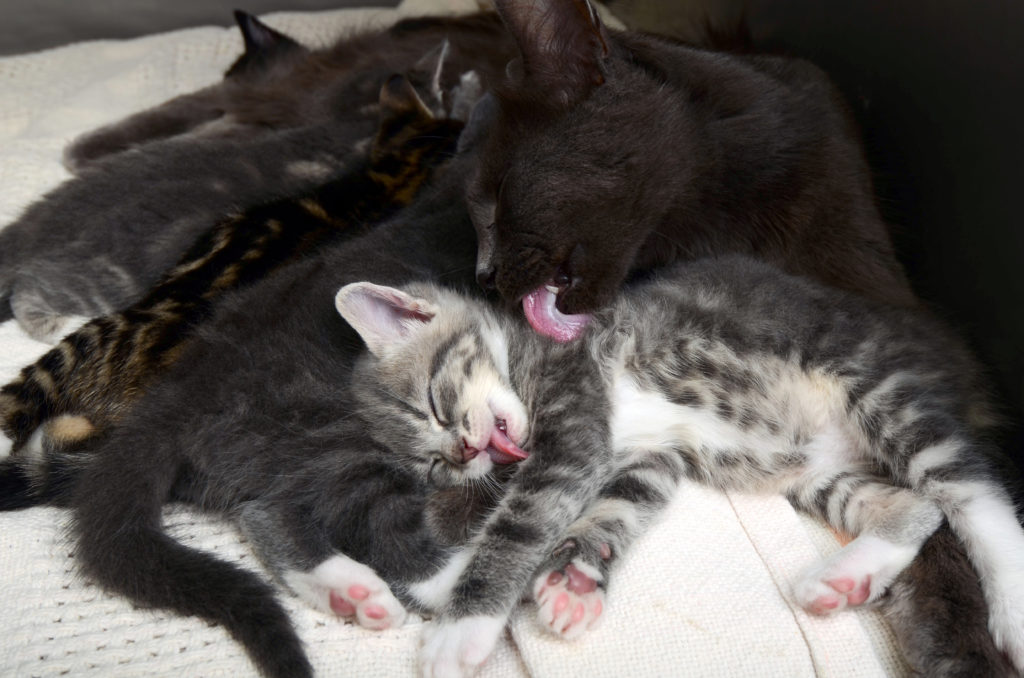
For too long, cat management in South Australia has been disjointed, piecemeal and ineffective. In an attempt to combat issues, several councils have introduced optional by-laws regarding cat containment, limits on cat numbers, and registration.
But tackling the issue in isolation, without a consistent approach, is having limited impact – and there is enormous inconsistency between the approaches of individual councils.
We at RSPCA and AWL deal with the catastrophic consequences of this every day – together, we care for more than 10,000 cats in our SA shelters each year.
Both our organisations rehome all healthy and behaviourally suited cats and kittens, with no restrictions on the maximum number of days spent in care before the right home is found.
This requires enormous staff and volunteer resources, and with up to $700 required for each cat rehomed, comes at a combined cost to our charities of more than $6 million a year.
The time has passed for animal welfare charities and volunteers to be left with the vast bulk of responsibility for cat management in our state, and it is not financially sustainable for our organisations to continue providing highly subsidised services to councils. The revenue generating capability of Local Government must be harnessed to properly fund cat management in South Australia.
Therefore, it is core to our plan that Local Government has primary responsibility for cat management in South Australia, as it has in the rest of Australia and overseas.
³Ô¹ÏÍøÕ¾ scientific research underpins our Cat Management Plan
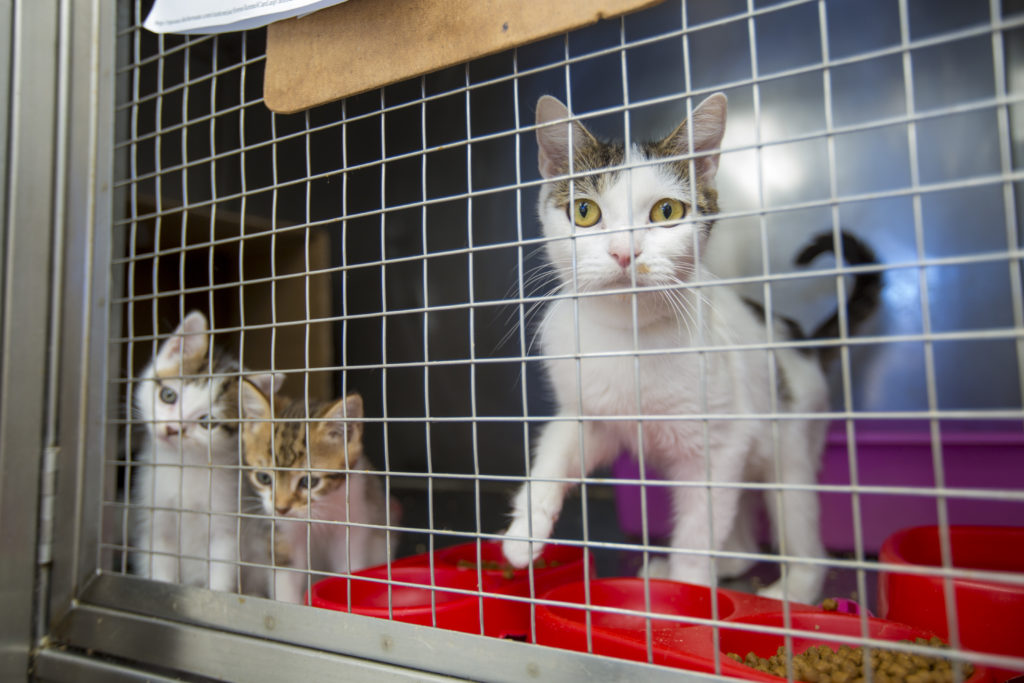
provides the scientific and research basis upon which our South Australian plan has been developed.
That report was based on a discussion paper that was partly funded by the Office of the Threatened Species Commissioner, through the ³Ô¹ÏÍøÕ¾ Landcare Program, and involved extensive community consultation.
There were a total of 1,159 online and 759 email responses during a nine-week public consultation period, including 104 detailed submissions.
Our plan focuses on strategies for urban stray cats – not feral cats
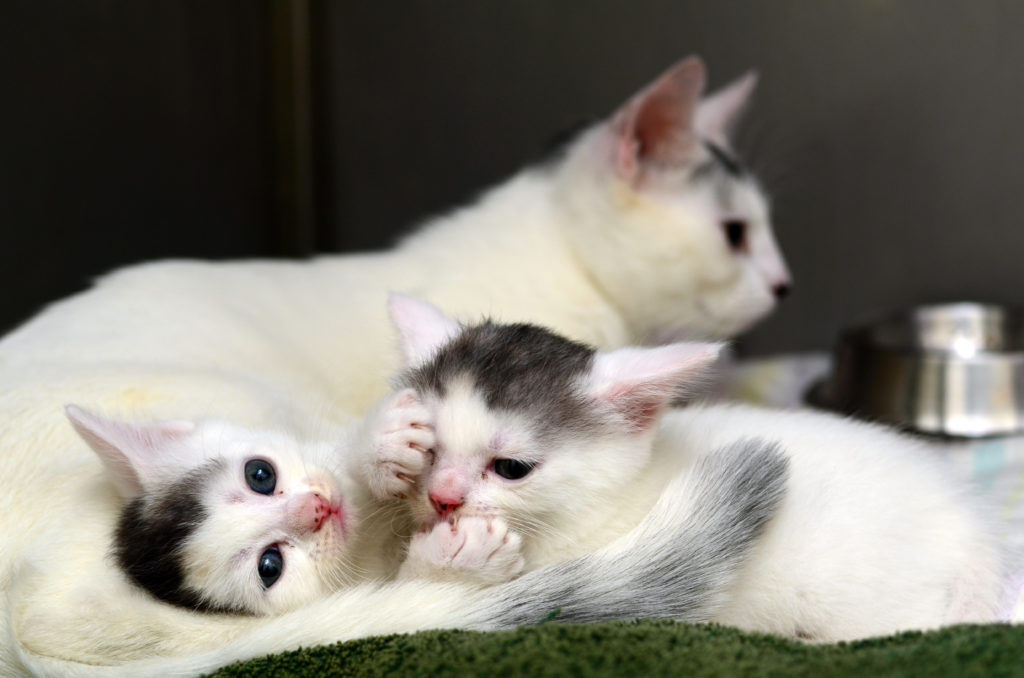
It’s important to understand that our plan doesn’t propose any changes to feral cat management, but rather focuses on domestic cats.
Feral cats, unlike domestic cats, have no reliance on humans directly or indirectly for food or shelter, but hunt and survive on their own. They are typically found in the wild at least two to three kilometres from the nearest human habitation or building.
All domestic cats have some level of dependence on humans.
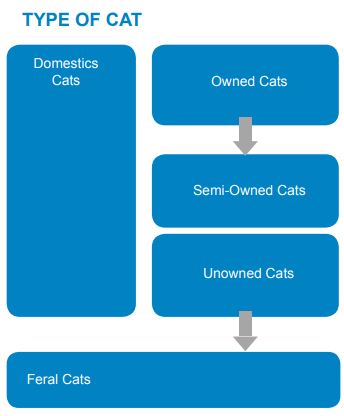
Our plan focuses on the following categories of domestic cats:
- Owned: These cats are identified with and cared for by a specific person, and are directly dependent on humans. They are usually sociable, but sociability varies.
- Semi-owned: These cats are fed or cared for by people who do not consider they own them. They are of varying sociability, with many socialised to humans, and may be associated with one or more households.
- Unowned: These cats are indirectly dependent on humans with some having casual and temporary interactions with humans. They are of varying sociability; some are unsocialised to humans, and some may live in groups (common aggregation sites include rubbish tips, food outlets and coastal fishing spots associated with urban environments).
- Community: This term is often used to refer to semi-owned or unowned cats who have either direct or indirect dependence on humans.
- Stray: The term “stray cats” is often used to refer to semi-owned or unowned cats, but “stray” refers to the activity of cats that roam, not an ownership status. Any of the above categories may at a particular time be classified as “stray cats”. Management strategies, however, should relate to ownership status rather than activity.
The goal: improved cat wellbeing, reduced negative impacts

Ultimately, our plan aims to achieve the following:
- Improvement of the health and wellbeing of cats.
- Reduction of cat predation on native wildlife.
- Reduction of cat-related nuisance complaints in the community.
Effective management of companion animals requires control of reproduction, identification and location. This goal is essentially achieved through desexing, microchipping and containment.
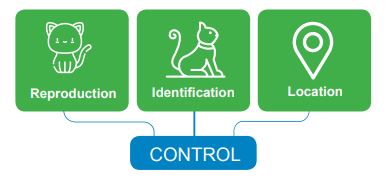
This basic strategy has proven to be effective with dogs in SA, with the number of stray dogs in consistent decline over the past eight years. This success however is strongly underpinned by:
- Broad community understanding of the requirements of “responsible dog ownership”; and
- Enforcement of legislation and council by-laws.
It is important to remember that these results, driven by community education, incentives and penalties, have taken decades to achieve, and so our plan for cat management must also be allowed sufficient time to have effect.
For cat owners: overall, our plan asks you to be a more responsible pet owner
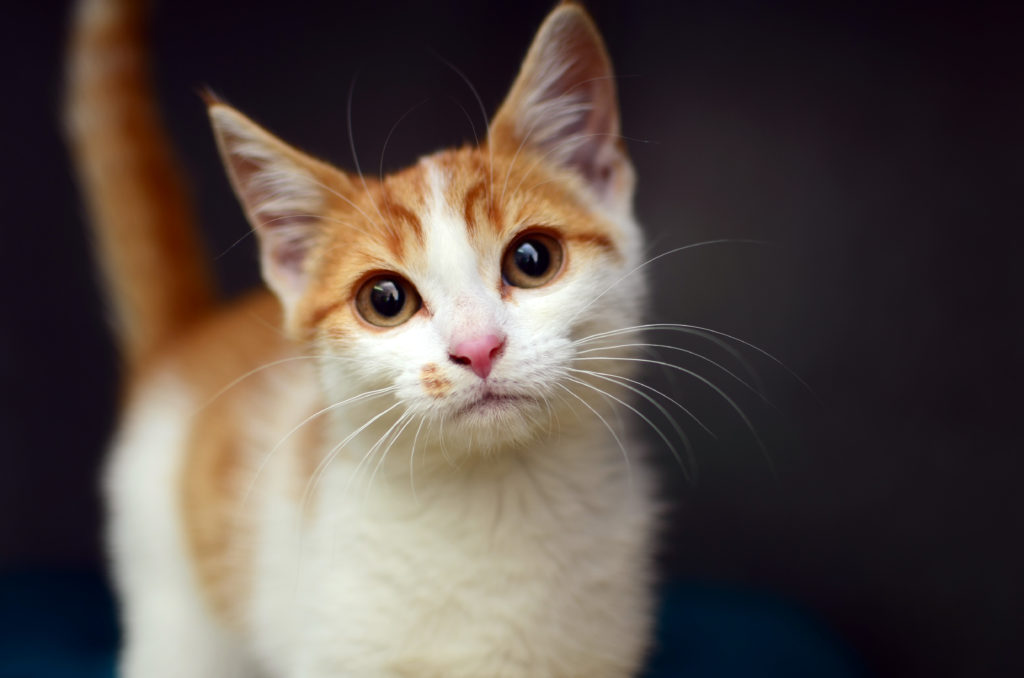
If you own a cat, our plan largely asks you to take steps to be as responsible as possible.
Even if it takes a while for our recommendations to become law and be enforced, we encourage cat owners to:
- Desex your cats from the age of 2 months.
- Microchip your cats.
- Work towards confining your cats to your property at all times (with some help from ).
- Allowing your cats to roam during the day, but making sure they’re confined to your property at night is a good transition to full-time confinement – especially if they’re used to roaming.
- Identify your cats with a quick-release collar outlining your details, if your cats are allowed to roam during the day.
- Contact your local council to ask what their current approach is to cat management, and encourage them to implement all the actions contained in our plan.
If you don’t own a cat: our plan offers ways to reduce nuisance cat behaviour and improve community wellbeing
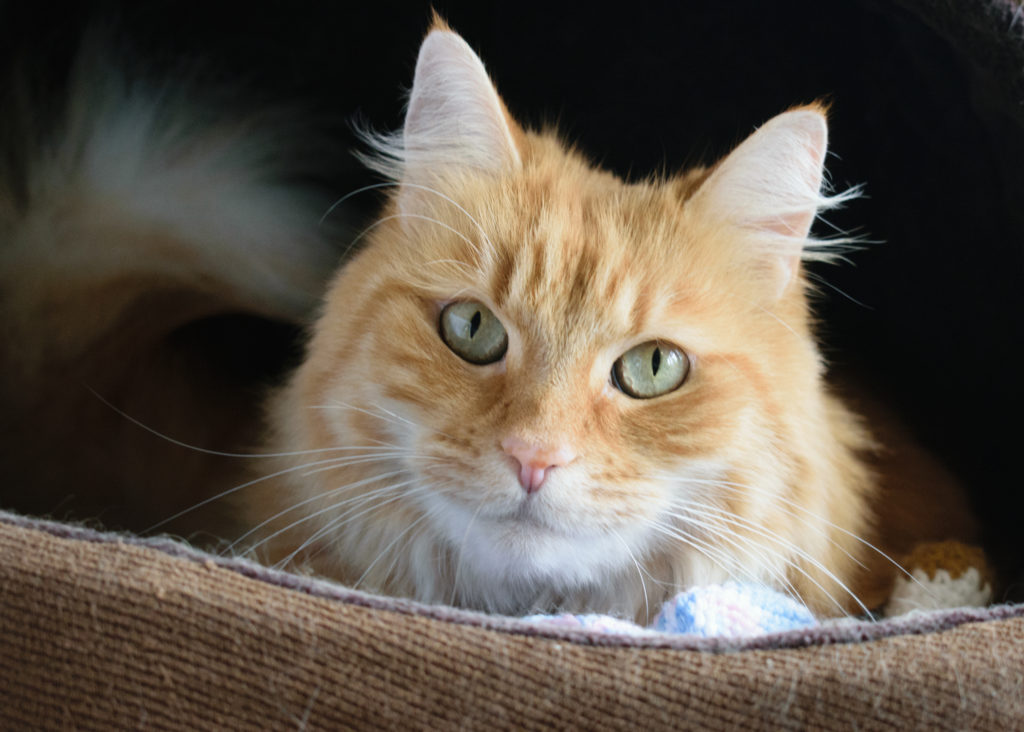
For members of the community who don’t own cats, our plan promotes more effective ways of dealing with cats who may be posing issues to members of the public.
We encourage those who don’t own cats to take the following steps:
- Contact your local council if you are having issues with cats in your area.
- Leave healthy stray cats where they are – you never know how close they might be to home.
The plan in more detail: 8 objectives and 26 actions for widespread positive change
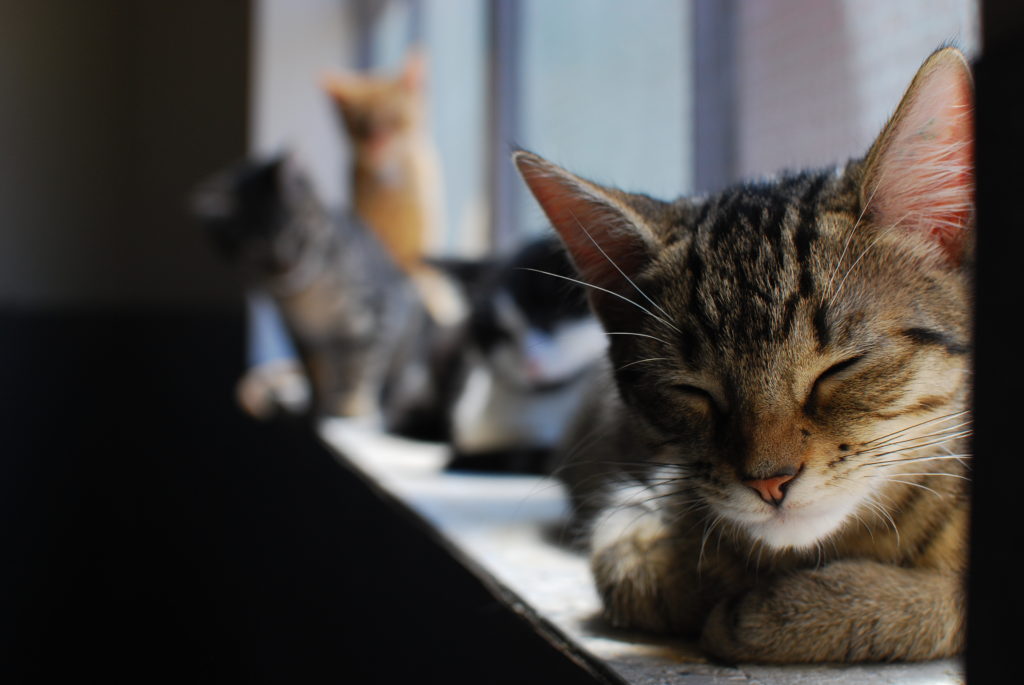
We need a consistent and comprehensive approach to cat management across our state. So we’re proposing 26 key actions, all of which fall under eight overarching objectives:
- Ensuring the community understands what responsible cat ownership means.
- Creating more consistent cat management practices across Australia.
- Increasing funding for cat management programs.
- Controlling cat reproduction.
- Controlling cat location and roaming.
- Control cat identification.
- Better managing unowned and semi-owned cats.
- Research into the effectiveness of the actions proposed
Each objective, and its related actions, are summarised below.
Objective 1: Ensuring the community understands what responsible cat ownership means
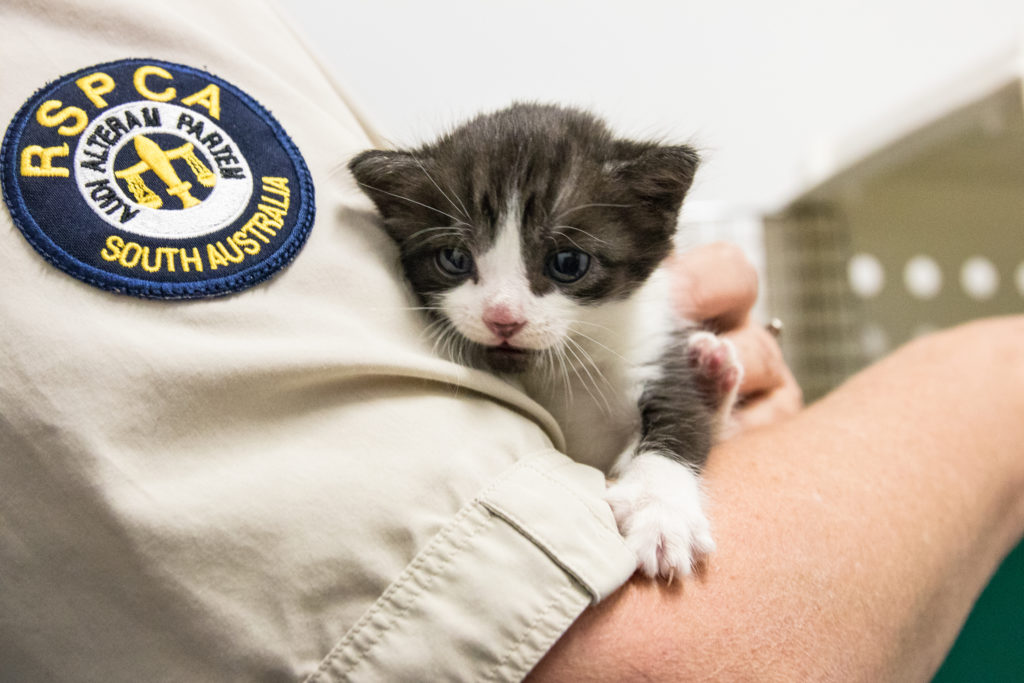
Cat owners must understand all of the responsibilities inherent in owning and caring for cats.
Notions of responsible dog ownership are reasonably well known and accepted, but sadly similar community expectations of cat owners are so far less specified or consistent.
How will this be achieved?
- Action 1: We’ll need to work together to develop clearer “responsible cat ownership” education materials to give out in the community.
- Action 2: The website of major stakeholders, including SA’s Dog and Cat Management Board, councils, RSPCA and AWL, need to be better aligned.
- Action 3: These new materials must be well promoted to the community.
Who’s responsible?
- Cat owners
- Dog and Cat Management Board
- RSPCA
- AWL
- The Local Government Association (LGA)
- Councils
Objective 2: Creating more consistent cat management practices across Australia
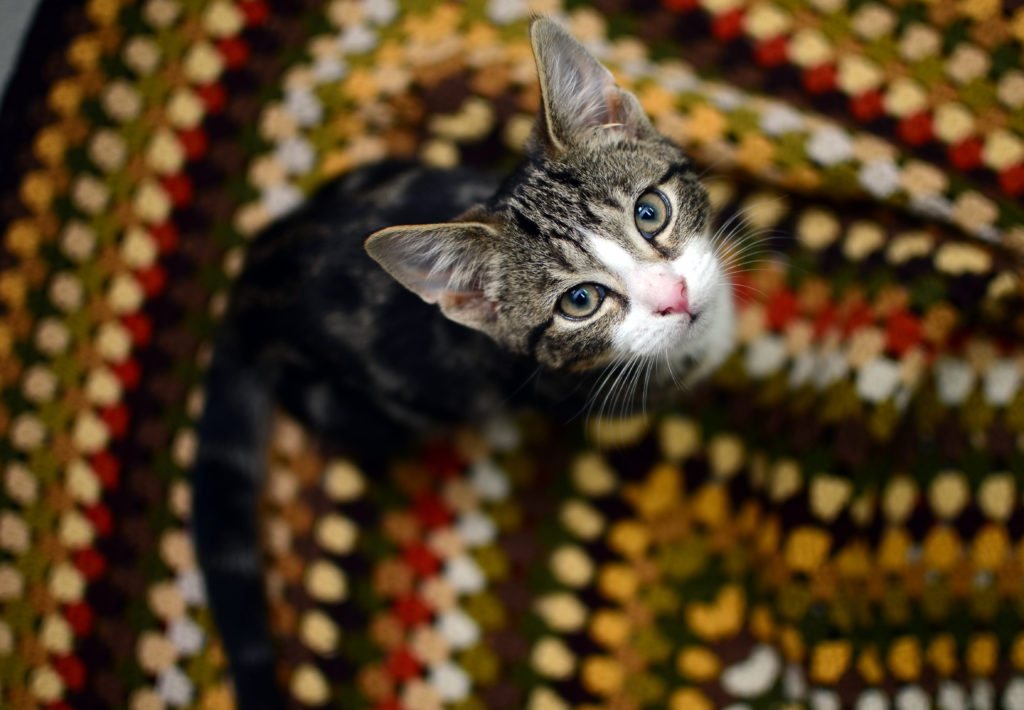
When it comes to cat management in SA, the current approach is for individual councils to create their own by-laws and Animal Management Plans, with vastly varying provisions and practices.
If cat management practices are to become consistent across the state, particular action is needed from the State Government to change South Australian legislation, the Dog and Cat Management Act 1995 (SA). A shift in focus is also required from the Dog and Cat Management Board.
How will this be achieved?
- Action 4: Implement legislative change to impose consistent cat management accountabilities on councils.
- Action 5: Introduce mandatory cat detention periods for stray animals picked up by our brought into councils and animal welfare charities. This will provide owners with the opportunity to reclaim lost cats (as currently happens with dogs).
- Action 6: Align council cat management plans to ensure consistency. This is especially important because cats don’t understand council boundaries!
- Action 7: Increase the Dog and Cat Management Board’s focus on cats.
- Action 8: Introduce cat management officers, trained in the correct care and handling of cats. New cat management legislation and council by-laws are of no value if they are not policed.
- Action 9: Develop a Code of Practice for the humane management of cats.
Who’s responsible?
- RSPCA
- AWL
- Veterinarians
- State Government
- Dog and Cat Management Board
- Councils
Objective 3: Increasing funding for cat management programs
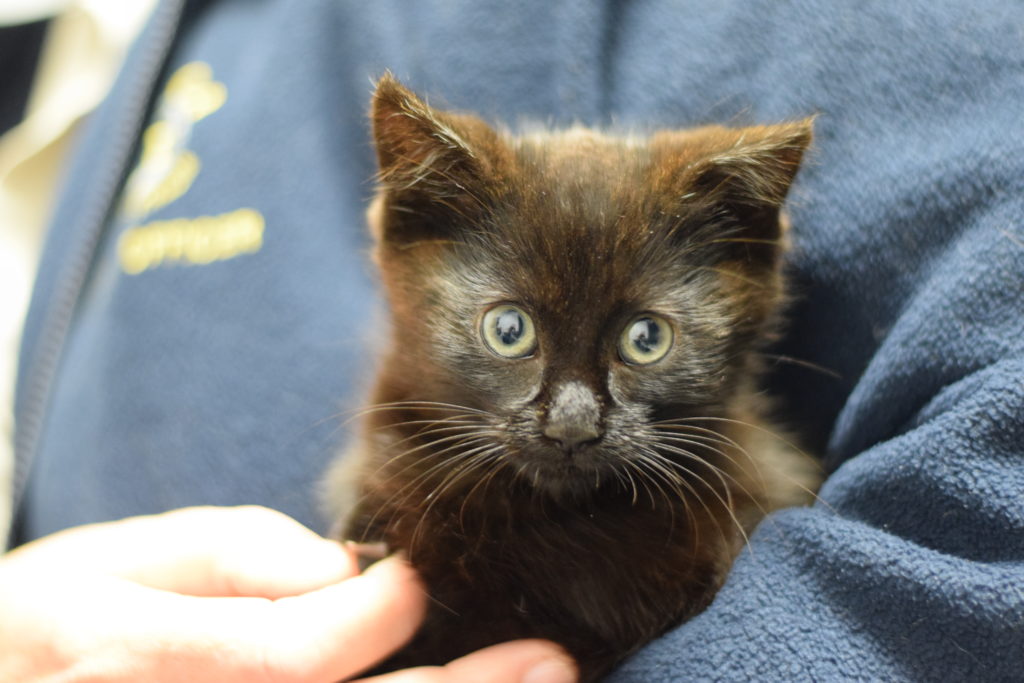
Councils are largely able to fund their dog management through dog registration, which is compulsory statewide. We believe the same requirement for cats would provide funding for cat management.
Compulsory cat registration also provides a valuable psychological reinforcement that cat ownership comes with wider responsibilities to the community.
How will this be achieved?
- Action 10: Introduce and enforce cat registration requirements across all council areas in South Australia. (Currently, only eight SA councils have cat registration by-laws.)
- Action 11: Prioritise cat management initiatives undertaken by councils through research and grants.
- Action 12: Develop State Government grants for councils, so they have enough funding to introduce cat management initiatives
Who’s responsible?
- Councils
- The Local Government Association
- Department for Environment and Water (DEW)
- Department of Planning, Transport and Infrastructure (DPTI)
Objective 4: Controlling cat reproduction
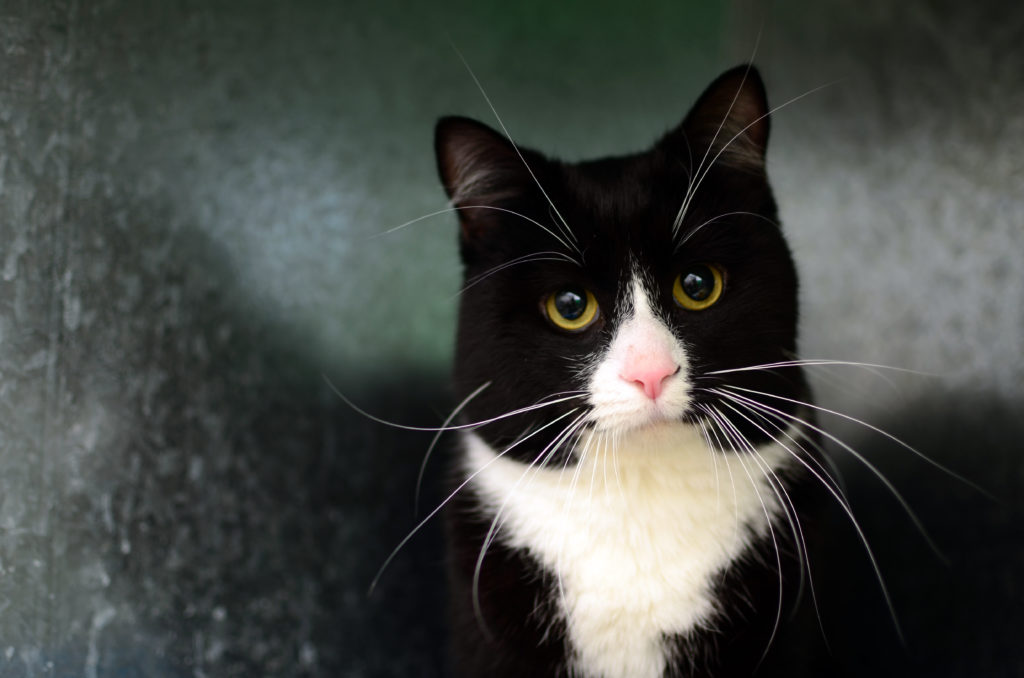
The continued growth of the unwanted cat population (and subsequent intake into shelters) is likely caused by un-desexed cats in low income households, as well as entire semi-owned and unowned cats.
Desexing programs can dramatically change this.
How will this be achieved?
- Action 13: Create low-cost desexing programs for lower socio-economic areas, supported by vets and councils.
- Action 14: Promote the desexing of kittens at a younger age (before 3.5 months of age, rather than after 6 months of age). Delayed desexing of owned cats often results in unwanted litters of kittens.
Who’s responsible?
- Cat owners
- RSPCA
- AWL
- Veterinarians
- Councils
Objective 5: Controlling cat locations and roaming
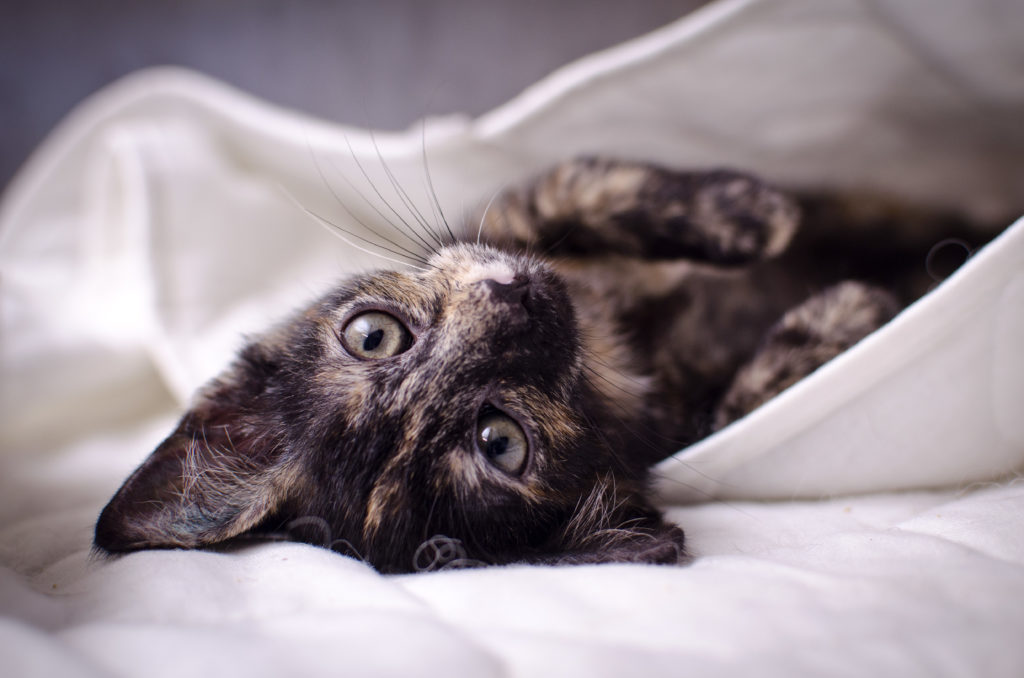
RSPCA and AWL strongly encourage owners to , with controlled outdoor access, as opposed to letting cats roam the streets freely.
We do understand that this can be challenging and expensive due to cats’ agility and climbing ability. But we believe councils should consider programs to make these options more accessible, and subsidise costs in lower socioeconomic areas.
How will this be achieved?
- Action 15: Work towards imposing cat containment in a slow and careful manner. This means:
- Councils should allow for extensive community education about the benefits of containment and the preparations needed.
- Councils should fully detail plans for enforcement and care of cats who are seized when roaming.
- Action 16: As an initial step towards full 24-hour containment, councils may need to temporarily introduce night-time cat curfews, to help the community understand the importance and effectiveness of containment.
Who’s responsible?
- Councils
- Cat owners
Objective 6: Controlling cat identification
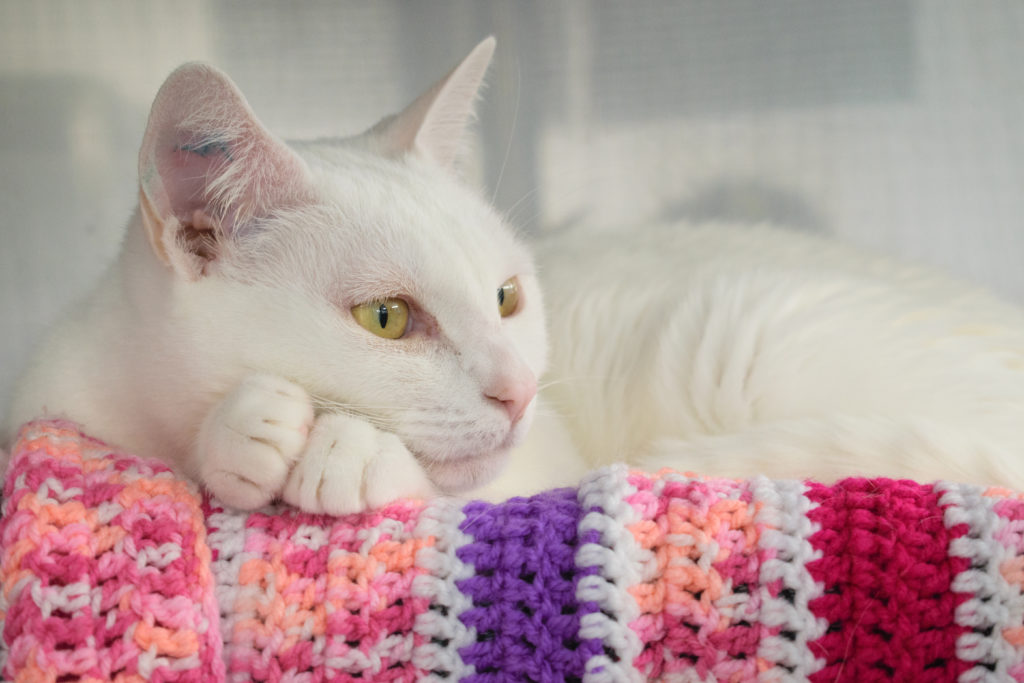
Despite new SA laws introduced in 2018 to make microchipping mandatory, there’s still much work to be done in lifting cat microchipping rates across South Australia.
Currently, only 1% of cats received at RSPCA & AWL’s shelters in South Australia are microchipped, compared with over 50% of dogs. This directly impacts reclaim rates – only 3% of cats are reunited with their owners, compared with over 50% for dogs.
How will this be achieved?
- Action 17: Promote and better enforce compulsory microchipping requirements.
- Action 18: Promote the benefits of ensuring all owned cats have visible identificaiton (a quick-release collar and identification tag). This can help return cats to their owners more quickly, without the need for veterinarians to scan a microchip.
- Action 19: Look to create low-cost microchipping opportunities in targeted lower socioeconomic areas.
Who’s responsible?
- Cat owners
- Dog and Cat Management Board
- The Local Government Association
- Councils
- RSPCA
- AWL
- Australian Veterinarian Association
Objective 7: Better managing unowned and semi-owned cats.
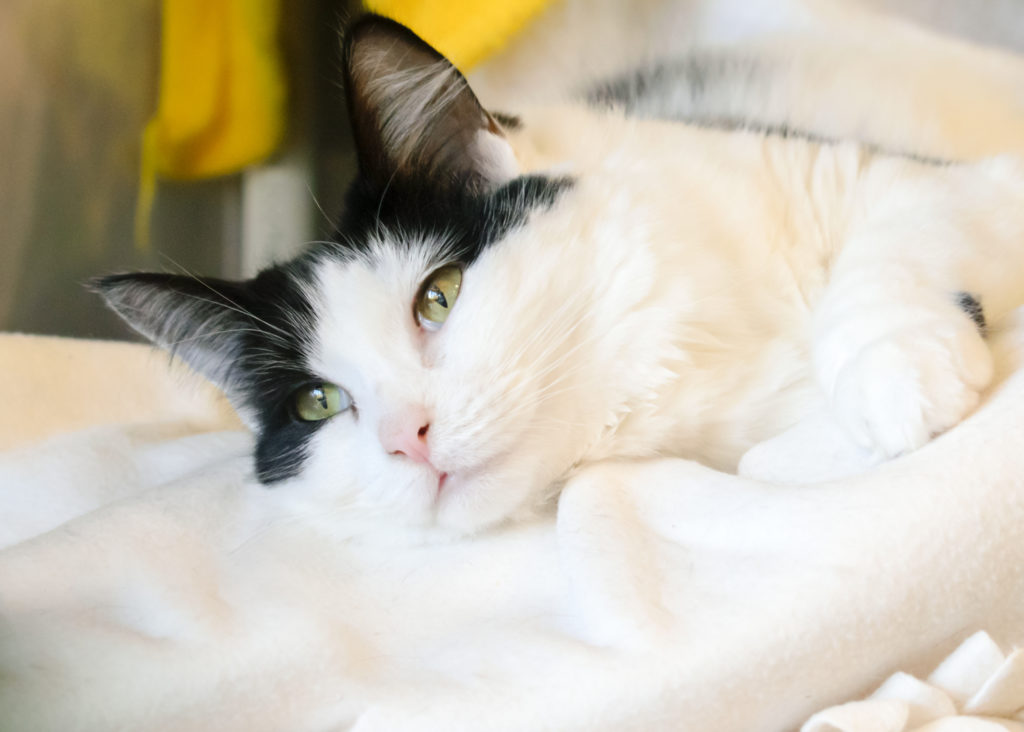
As management of unowned and semi-owned cats improves, councils should better promote the benefits of choosing to adopt rescue cats.
We also hope to run a TDAR (trap, desex, adopt or return) trial in a selected area in South Australia to trial its effectiveness. In TDAR, unowned or semi-owned cats are trapped, heath checked, desexed, vaccinated and then either rehomed or returned to their original location. Cats who are unsuitable for rehoming, unhealthy and unfit for release are humanely euthanised.
How will this be achieved?
- Action 20: Councils must begin to promote rehoming of cats, and potentially provide rescue cat registration free for the first year.
- Action 21: Increase the standard limit on the number of cats allowed per household from two to four, meaning responsible cat owners will be able to rehome more cats in need.
- Action 22: Reduce the unnecessary surrender and abandonment of cats by updating rental laws. The Residential Tenancies Act 1995 (SA) should be changed to stop landlords from banning pets in rental properties without a substantial and legitimate reason.
- Action 23: Reduce strays taken to shelters by helping community members understand that sometimes cats are better left where they are. Promote the approach of “leave a healthy cat where they are and monitor” to stray cats.
- Action 24: Undertake a ‘trap, desex and adopt or return’ (TDAR) trial in a selected area of SA, as an attempt to reduce uncontrolled breeding in urban stray cat populations.
- Action 25: Educate the public about semi-owned cats as a separate category of cats, helping members of the public who feed stray cats to understand the importance of desexing and microchipping.
Who’s responsible?
- Councils
- RSPCA
- AWL
- The Department of Environment and Water
- Department of Consumer and Business Affairs
- The Dog and Cat Management Board
- The Local Government Association
- Members for the public who feed stray cats
Objective 8: Research into the effectiveness of the actions proposed
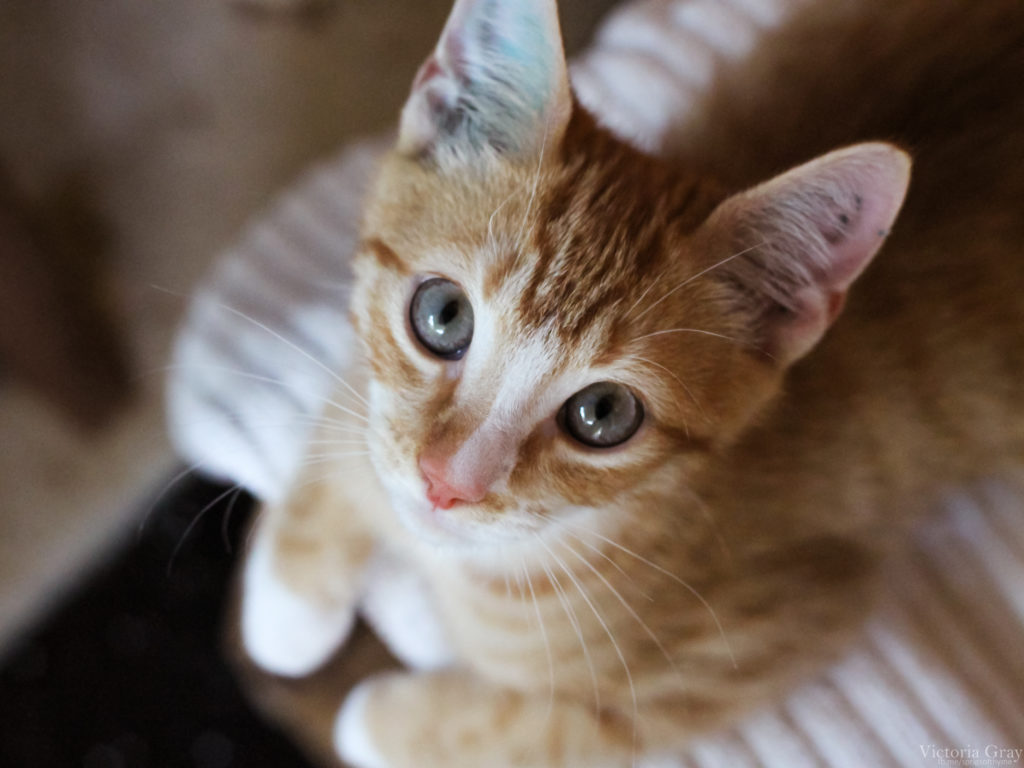
To ensure our plan works, and to help improve its strategies in the future, we must undertake research on the impact of these measures (in isolation and combination).
The research should consider the impact on cat populations as well as cat welfare, community attitudes, native animal populations, and costs of cat management.
How will this be achieved?
- Action 26: Key stakeholders should fund university research into the effectiveness of measures proposed in this plan.
Who’s responsible?
- The Department of Environment and Water
- The Local Government Association
Want to see the full details of our Cat Management Plan for South Australia?
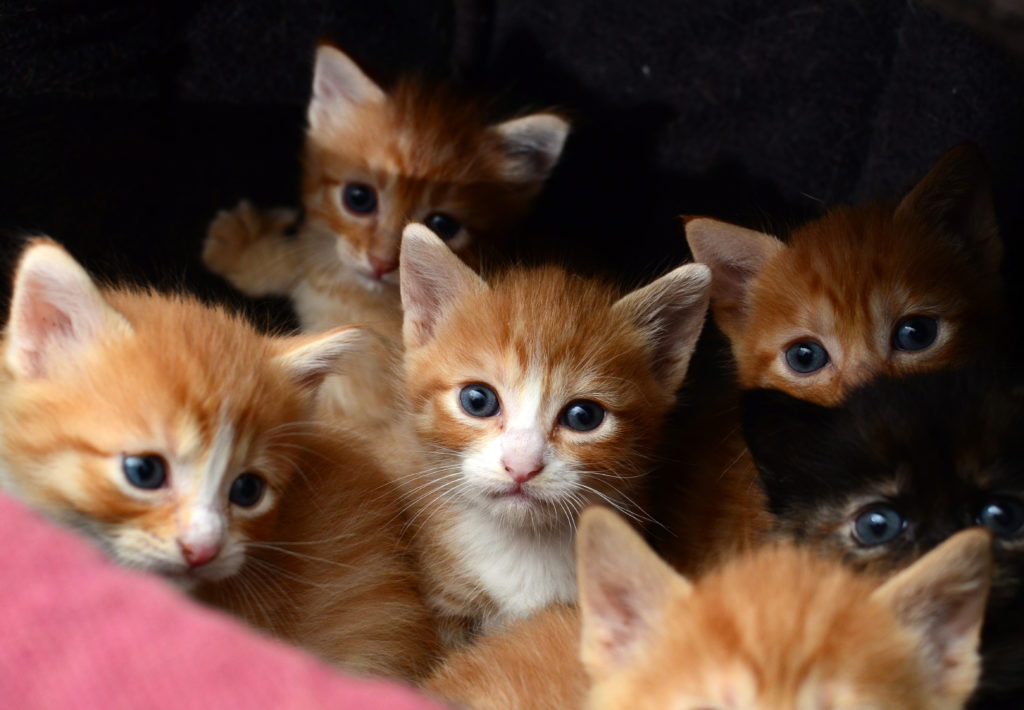
Remember – change won’t happen overnight, and the more support we have for our plan, the more likely we are to see positive outcomes not just for cats, but for everyone.
We hope our summary has provided you with a better understanding of our Cat Management Plan for South Australia, and how it affects you. For even more detail, please download the full plan here:




